
7 critical safety rules every child needs to know and every parent needs to teach their children
Free Online Course On How To Safely Use Display Screen Equipment (DSE) - With Certificate. Empower Yourself And Your Career With Thousands Of Free, Accredited Courses.

Kids Need to Know These 5 Body Safety Rules Mum's Lounge
Child safety at home: fire, poisons and water. Install smoke detectors, safety switches and power point covers. Ensure that water coming out of your bathroom taps is no hotter than 50ºC. Securely store household poisons in a cupboard that is at least 1.5 m high and has child-resistant locks. Never leave children alone in the bath or near water.

Pin on DEFEAT Blotting Hu
Kids | eSafety Commissioner. Need help dealing with violent or distressing online content? Learn more. Be an eSafe kid. I want help with. How eSafety can help. Be an eSafe kid. I want help with. Tips and online safety advice for kids aged 5 - 12.
Poolmaster Pool Rules Sign "Duck Animation" Toys & Games Swimming Pools & Accessories
Regardless of how old your children are or how many children you have, there are five types of rules all kids need. 1. Rules That Promote Safety. Safety rules include physical safety and emotional safety. When kids feel safe, they are free to focus their energy on exploring their talents and their environment.

Road Safety Rules for kids Safety rules for kids, Rules for kids, Traffic rules for kids
Online safety for every family. All parents want their children to be safe when learning and playing online. These short videos and easy-to-read advice sheets will give you the confidence to talk with your children about online safety. They include tips to help them stay safe, and important information about what to do if something bad does.

Safety general rules for kids. Safety rules for kids, Rules for kids, School safety
Children can drown quickly and silently - it only takes 20 seconds and a few centimetres of water. One- and two-year-old children are particularly at risk. Near-drownings can have catastrophic consequences, and lead to permanent disabilities. Water safety rules. Supervision is vital in preventing childhood drownings or near-drownings.

10 General Safety Rules You Should Teach Your Children in 2020 Safety rules, Children, Child
C) Maintain 6 feet of distance in the public. Ideally, children should not leave the house unless absolutely necessary, but if they are going out for play or school, make sure they are aware of.

Online Safety Rules Info graphic for Kids. Online safety, Met online, Safety rules
However, drowning is the third most common cause of death for Australian children aged one to 14. Children can drown in as little as 20 seconds - one- and two-year-old children are particularly at risk. Teaching children how to swim and play safely in water is very important, as is having adult supervision at all times. Water safety rules
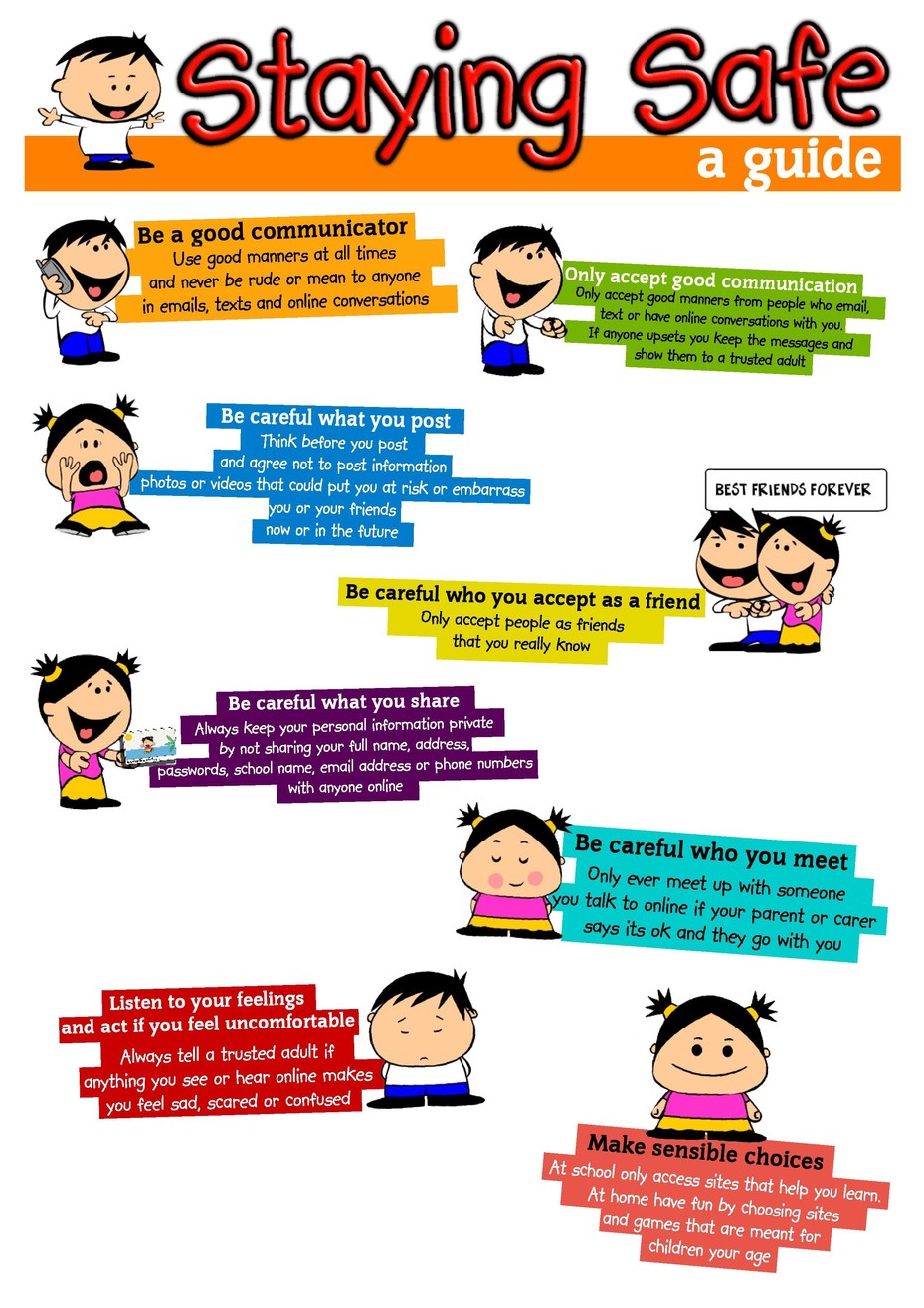
Marlborough Primary School Online safety
Practical tips for parents to keep children safe. Always provide the supervision children need to remain safe. Trust your instincts if behaviour from a friend or relative makes you or your child feel uncomfortable. Believe your child if they tell you about something that made them feel uncomfortable. Make sure that your child understands what.
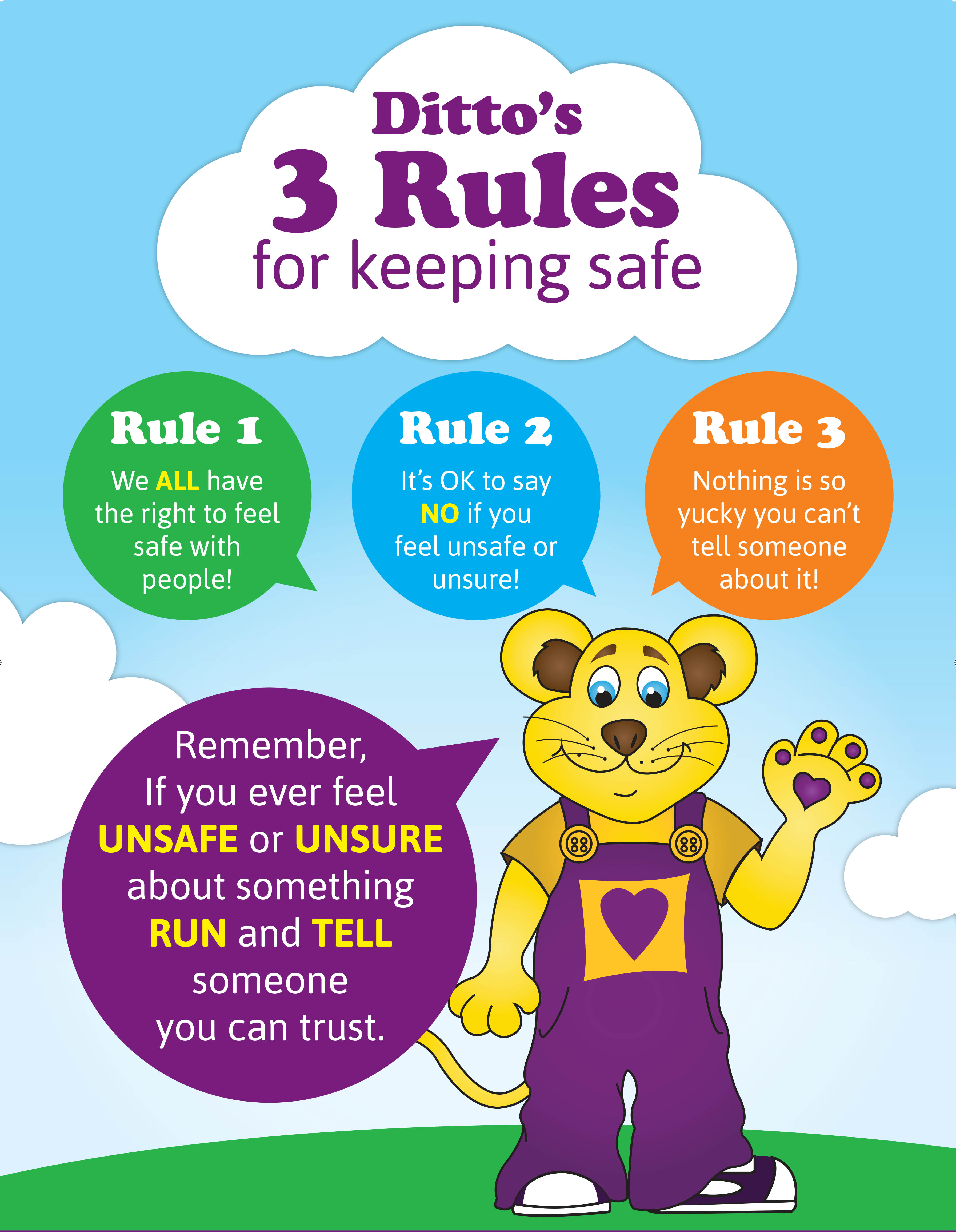
Teaching Personal Safety Protecting Our Kids I Bravehearts
Pedestrian safety and road safety for kids. Until the age of 11-12 years, children need active adult supervision to help them safely navigate driveways, cars, roads and car parks. Even children who seem to know all the road safety rules won't necessarily remember to follow them. Always holding your child's hand when around cars is a great.

Teachers, thank you for your hard work! Enjoy this free poster for your classroom or home
Water Safety - Injury Prevention. Water Safety - Recreational Water Illness (RWI) Violence Prevention. Youth Violence Prevention. Last Reviewed: January 11, 2023. Source: Centers for Disease Control and Prevention. Resources with information on safety in the home and community for parents with children ages 4-11.

9 rules of the street for teaching road safety to children Family Road Rules Safety
Journi is a free road safety education program for children in years 5 and 6. With the help of education experts, this program was created to teach the skills needed to develop healthy road safety attitudes and behaviours. Using interactive games, quizzes and videos, Journi provides practical advice for children ages 10-12 about becoming safe.
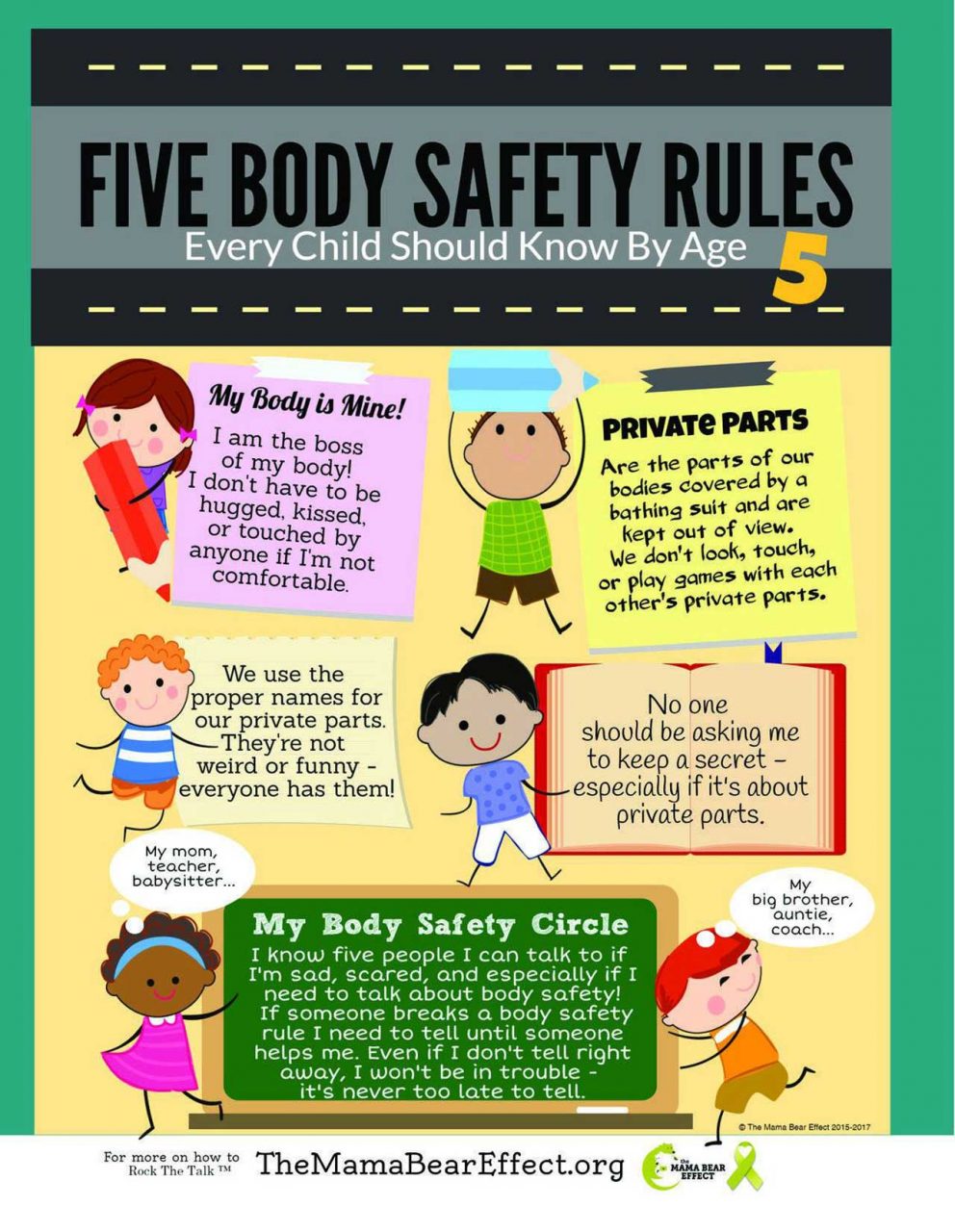
5 Body Safety Rules Kids First Inc.
Children under 4-years-old but especially those aged between 1 and 2, are most at risk of burns and scalds due to their increased mobility and natural curiosity. Safety steps to prevent burns and scalds include: keep hot things well back from the edge of tables. turn saucepan handles away from the edge of the stove and use a stove guard.
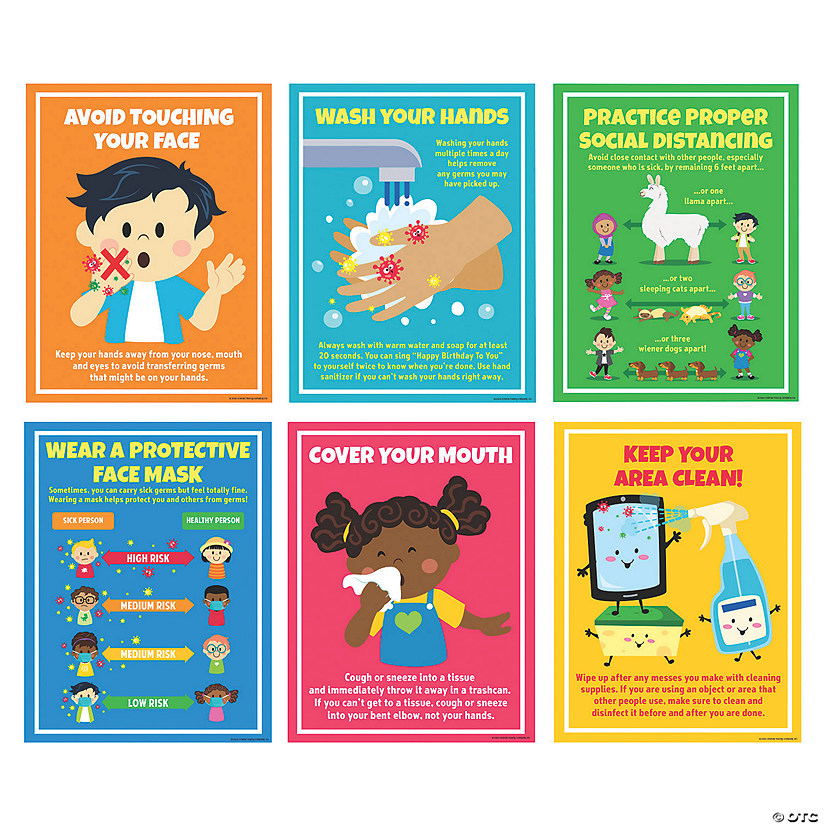
Safety Guidelines Poster Set for Kids Oriental Trading
Teach your kids that they should always walk on the pavement, never on the road. Set an example by walking on the pavement even when the roads are empty to get your kids to practice the same. Teach your kids to always look and listen while walking or crossing the road. 4. Do not stick your hand or head out of a moving vehicle.
Basic Safety Rules Your Child Should Learn Infographics
Know the family escape plan. Time is of the essence during an emergency, so it's essential to have a solid family escape plan in place. Spend a family night discussing home safety and the potential escape routes should a disaster take place. It's imperative that your children know what measures to take if they are faced with a home fire, burglary, or any other disaster.

safety rules for kids at home by sath prat home safety kids precautions sathprat rules
Online safety basics. Help your children safely navigate their digital world and educate them to avoid harmful online experiences. Explore websites, games, apps and social media together and set some rules. Your support and guidance can give your children the confidence to make sound decisions online - and ask for help when they need it.